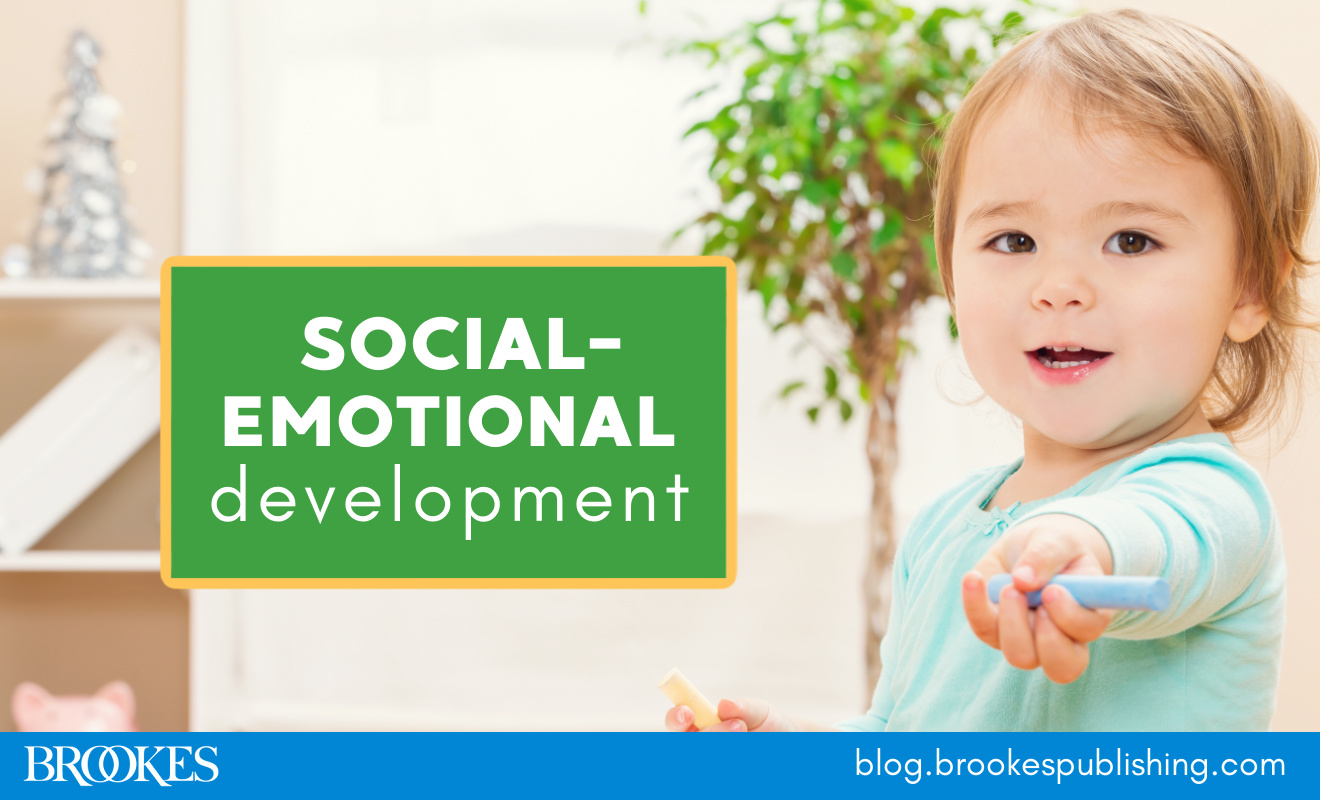5 Reasons to Get Your Students Unstuck and On Target!
Strengthening students’ executive function skills is one of the most important things teachers can do to help students succeed in an era that requires flexibility,… Read More

Strengthening students’ executive function skills is one of the most important things teachers can do to help students succeed in an era that requires flexibility,… Read More

Today’s guest post is by Joan Sedita, author of The Writing Rope. When assigning writing tasks, how often do… Read More

Today’s post is adapted from Meaningful Mealtimes by Yev Veverka, Susan A. Ramage, Christy Baker, Kelsey Milne, & Emilie… Read More
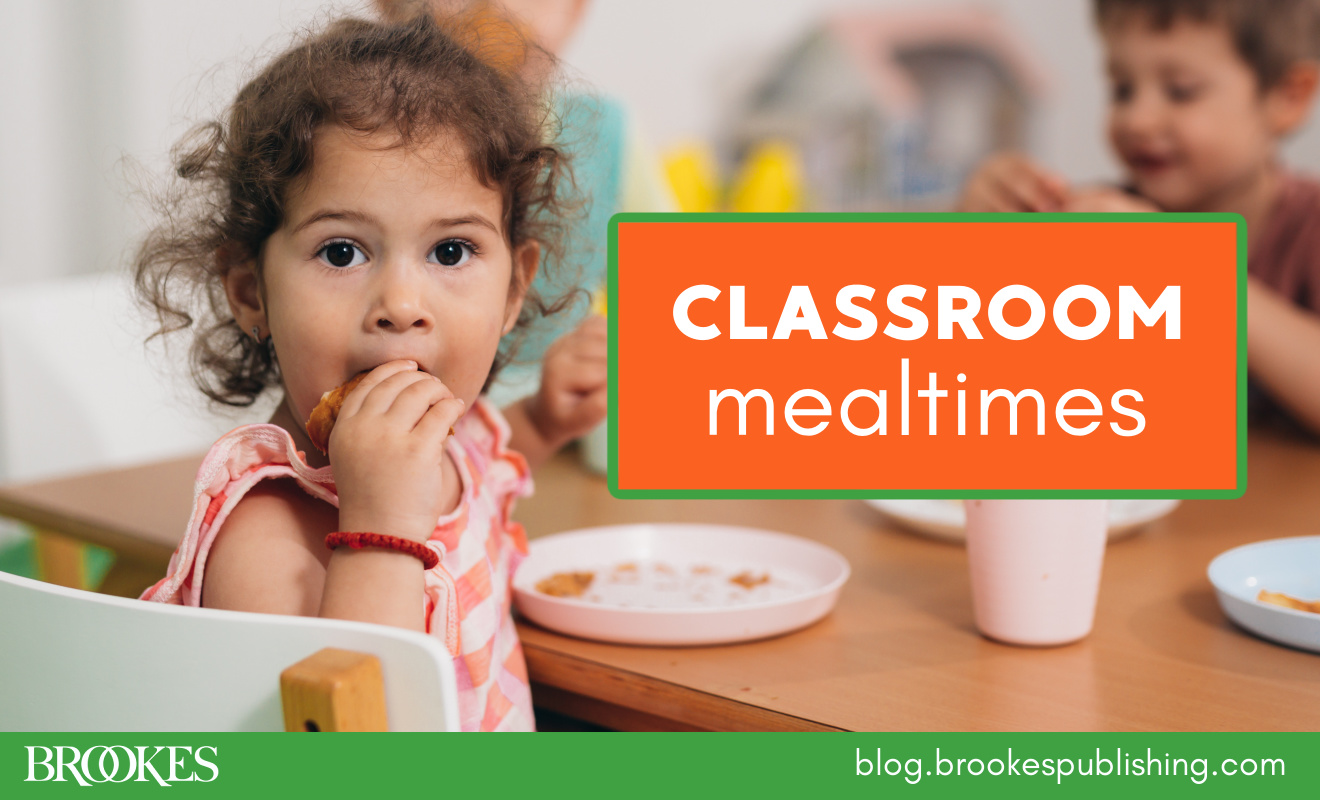
What is a translanguaging classroom? Kate Seltzer, Susana Ibarra Johnson, and Ofelia García, authors of The Translanguaging Classroom, Second Edition,… Read More
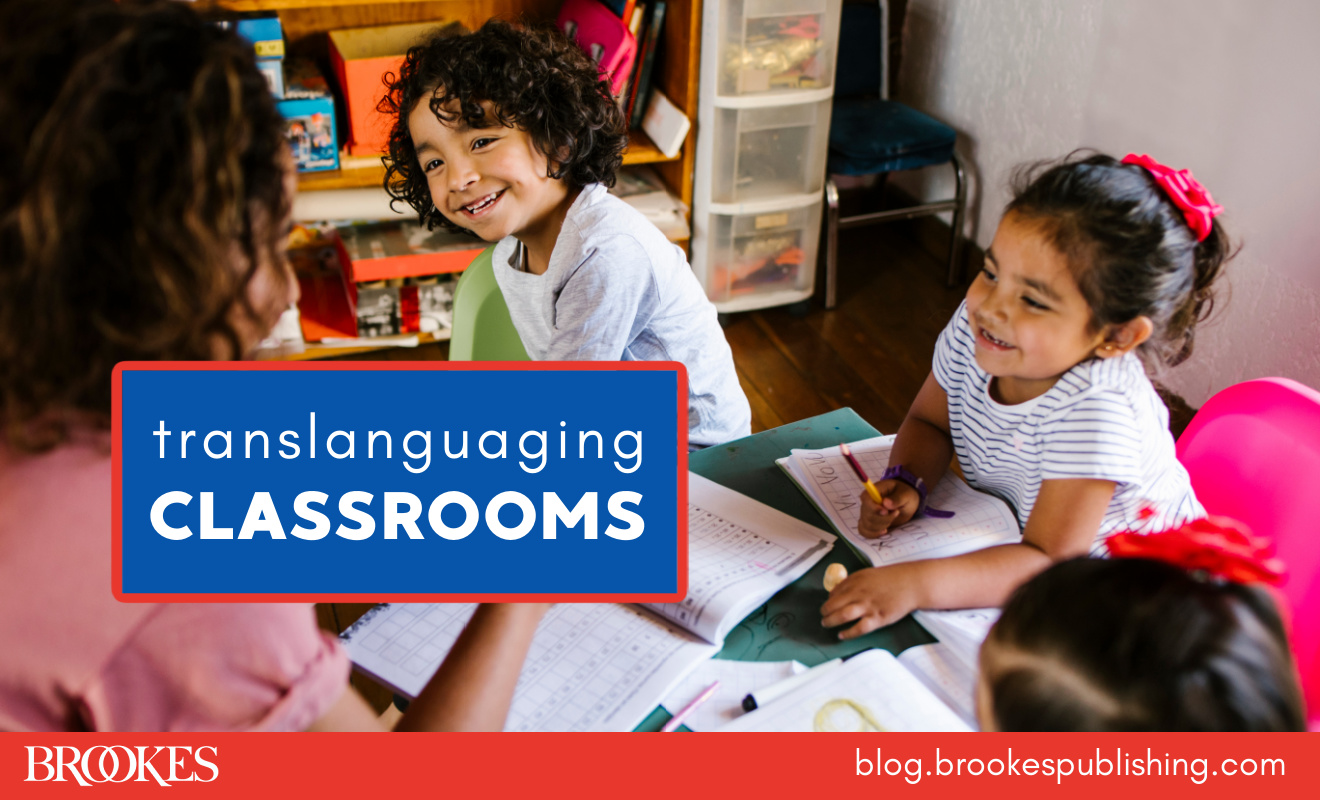
No matter how engaging your lessons are and how welcoming your classroom is, young learners will experience some degree of conflict with… Read More
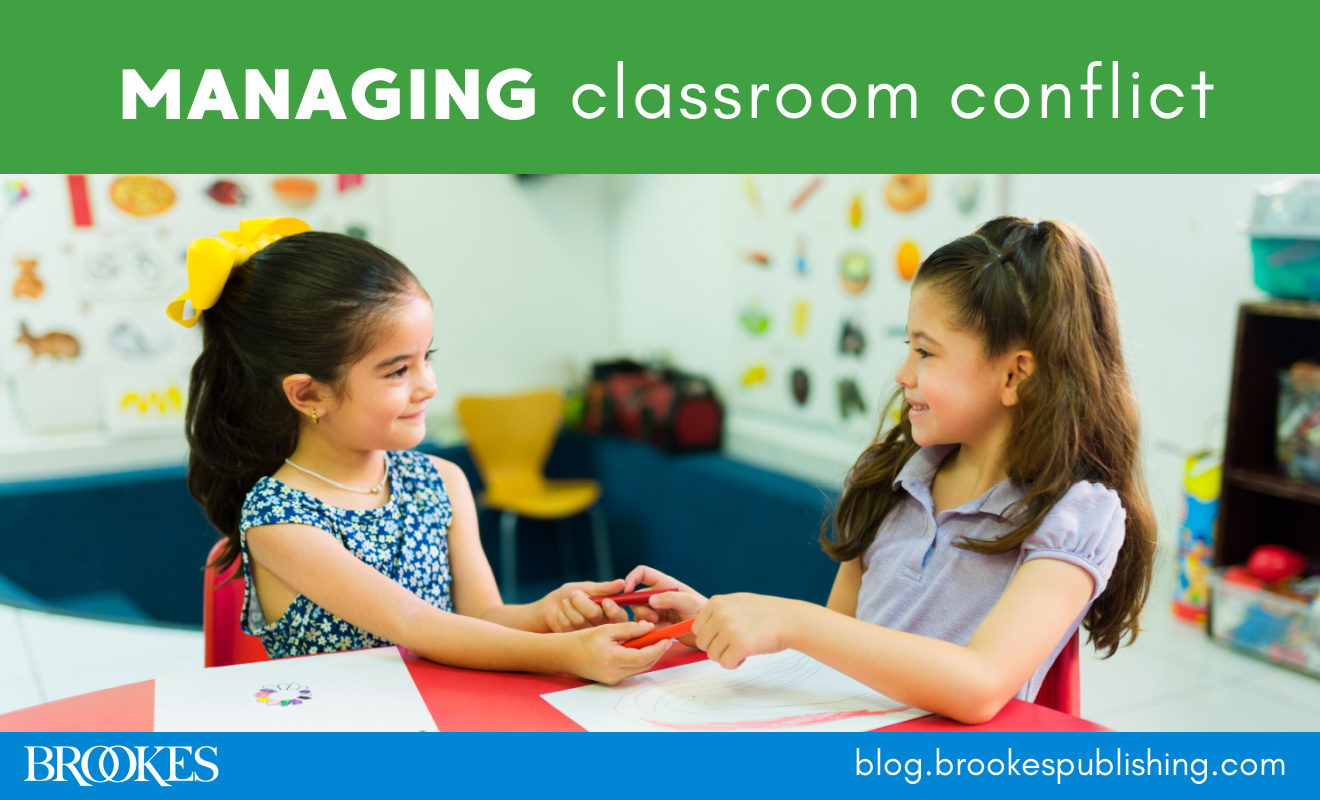
Today’s post is adapted from Differentiating Instruction and Assessment for English Language Learners, by Shelley Fairbairn & Stephaney Jones-Vo. Read More

Today’s post has been adapted from the chapter “Reading Fluency Among English Learners” by Coleen D. Carlson, in Literacy Foundations for English… Read More

In infant-toddler classrooms, classroom design is key to supporting healthy social-emotional development, safety, and learning. Excerpted and adapted from the book … Read More

If you’re a user of the Test of Integrated Language & Literacy Skills™ (TILLS®), you may have wondered why TILLS… Read More
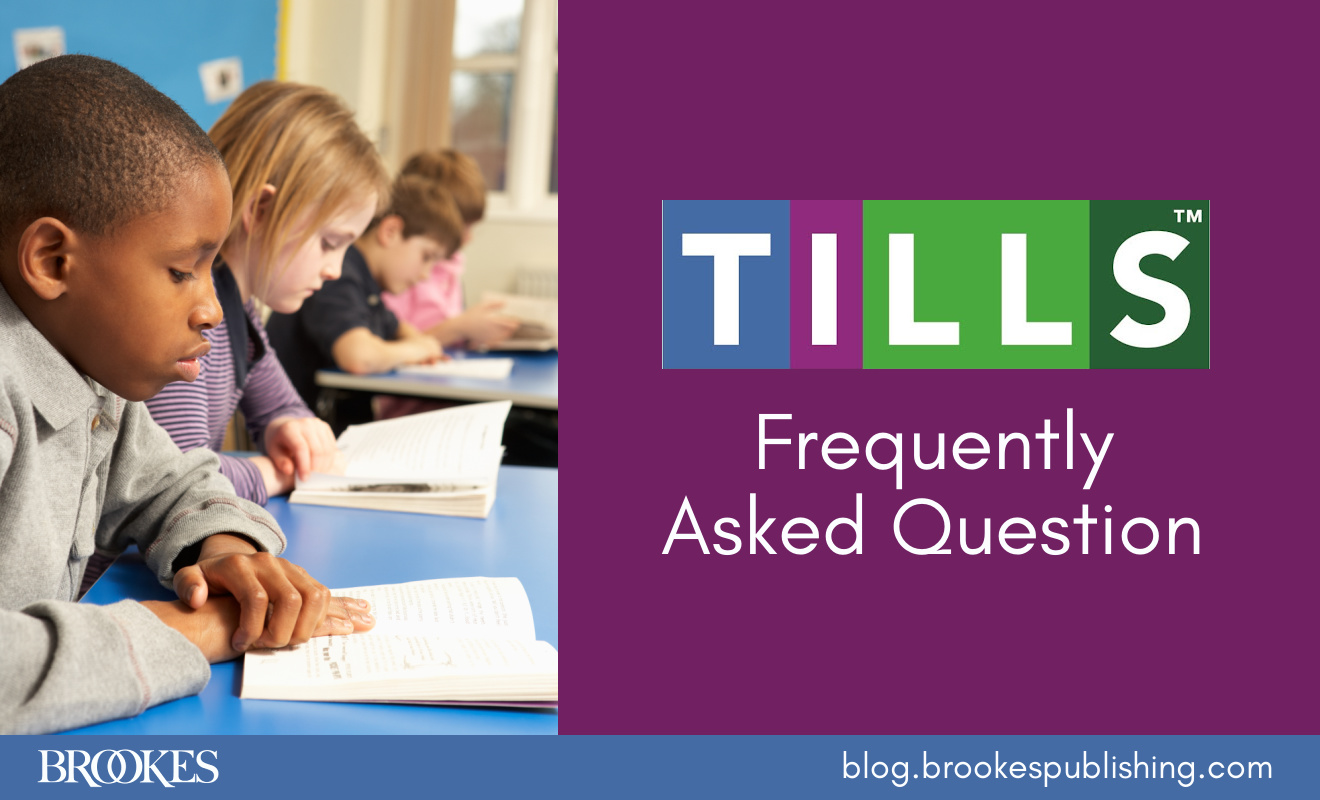
The Pyramid Model and infant and early childhood mental health (IECMH) are two frameworks that have an important common goal: supporting the… Read More
